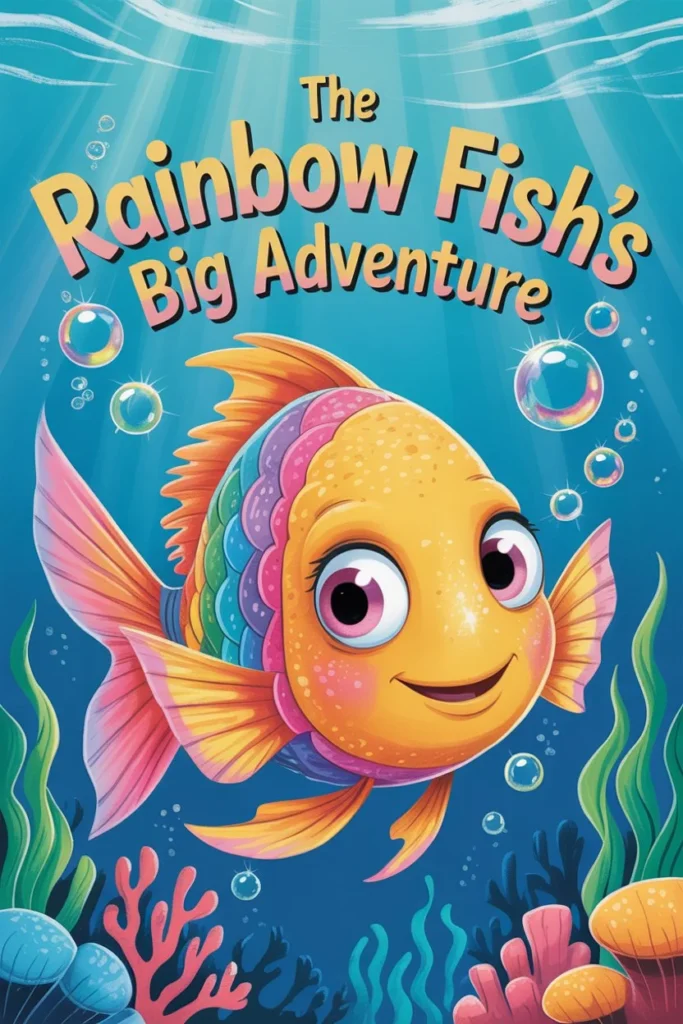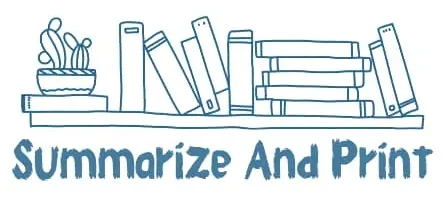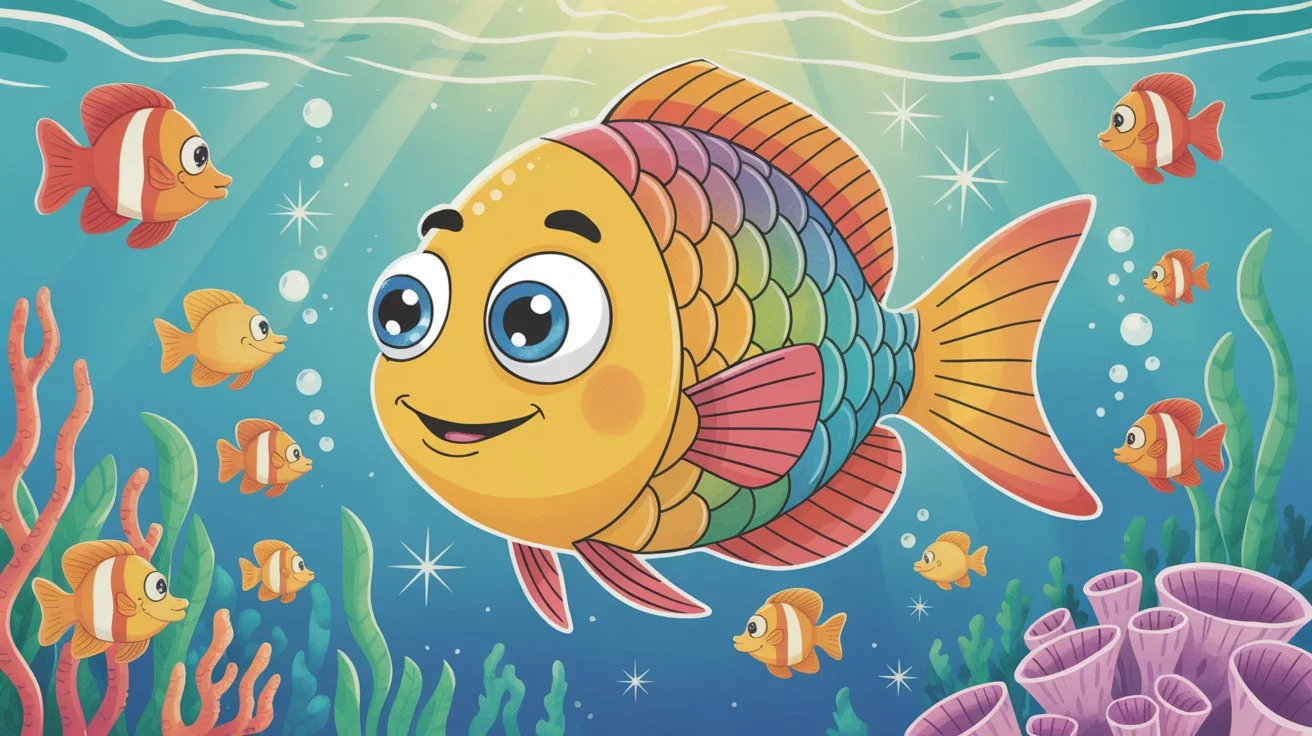The Rainbow Fish by Marcus Pfister: A Timeless Tale of Kindness and Sharing
Have you ever stumbled upon a story that’s simple on the surface but leaves a lasting impression on your heart? The Rainbow Fish by Marcus Pfister is exactly that kind of story. Maybe you first read it as a child, or you’ve shared it with a little one in your life. Either way, the glittering scales and heartfelt message stay with you, inviting you to reflect on what it really means to be kind and generous.

This enchanting story isn’t just a children’s book—it’s a meaningful lesson wrapped in beautiful art, ready to inspire kindness in anyone who opens its pages. In this article, you’ll discover the essence of The Rainbow Fish and why it continues to shine brightly in homes and classrooms worldwide.
Table of Contents
What Makes The Rainbow Fish So Special?
Understanding the Story’s Heart
At its core, The Rainbow Fish tells the tale of a unique fish who dazzles with shiny, shimmering scales. This fish is admired for its beauty, but something important is missing—true friends. You see, the Rainbow Fish struggles with loneliness because it doesn’t share its prized scales. The journey unfolds as the fish learns that giving away some of its sparkle brings it joy and connection far beyond the shallow admiration of looks.
You might recognize yourself in this story. Have you ever felt isolated despite standing out? Or experienced the joy of sharing something special with someone else? That’s the magic Pfister captures so well.
Key Themes You’ll Want to Remember
- Generosity as a Path to Happiness: When you share, you open the door to real connection.
- The Value of Inner Beauty: What truly matters isn’t how you shine on the outside, but what you give from within.
- Belonging and Community: True happiness comes from being part of something bigger than yourself.
- Empathy and Emotional Growth: The story encourages you, and young readers, to understand feelings beyond just the surface.
Why This Story Still Matters Today
Lessons That Go Beyond Childhood
You may be wondering, “Isn’t this simply a children’s story?” But consider how many times in life you’ve wrestled with the idea of generosity and acceptance. The Rainbow Fish offers a simple but profound lesson: kindness and sharing create bonds that beautify life more than anything flashy.
This story has been embraced in classrooms for decades because it doesn’t just entertain kids—it gives you tools to talk about feelings, friendships, and respect. As a parent, teacher, or mentor, you can use this book to open doors for meaningful conversations with children about how their actions affect others.
Emotional Intelligence Starts Here
By engaging with this story, you’re helping foster emotional intelligence. Through the Rainbow Fish’s journey, children begin to understand the value of empathy and the joy of giving. The book gently shows that true beauty is found in generosity and that sharing makes both you and others happier.
Experts in child development highlight that stories like this one support social-emotional learning (SEL) by making abstract ideas like kindness tangible and understandable.
The Visual Magic Behind The Rainbow Fish
Why the Sparkle Captures Hearts
One of the first things you notice about this book is the sparkling foil-stamped scales of the Rainbow Fish. This special artistic technique makes the story literally shine, engaging readers immediately. Marcus Pfister’s use of shimmering visuals isn’t just eye candy—it serves a purpose.
The glittering scales symbolize what’s unique about each individual, while also reinforcing the idea that true sparkle comes from sharing with others.
How Visuals Help Young Readers Connect
If you’ve ever read picture books with a child, you know how much pictures help tell the story. The bright, shiny scales grab attention, making it easier for kids to understand and stay engaged. Visual storytelling like this helps reinforce messages of individuality, inclusion, and the joy of giving.
Bringing The Rainbow Fish Into Your Classroom or Home
Why It’s a Favorite Among Educators and Parents
You might want to reach for The Rainbow Fish when looking for a book that teaches important life lessons gently and effectively. Its simple story and vivid art make it ideal for kids aged 3 to 8, a critical time for learning social skills and emotional awareness.
It’s perfect for storytime, discussions, or as a springboard into activities about kindness, sharing, and friendship.
Fun and Meaningful Activities Inspired by the Book
If you want to extend the message beyond the pages, consider these engaging ideas:
- Make Your Own Rainbow Fish Artwork: Use materials like glitter, foil, or colorful paper to craft and share shimmering scales.
- Role-Playing Games: Practice sharing and cooperation through imaginative play.
- Writing Prompts: Ask kids to write or talk about what makes someone beautiful inside.
- Group Discussions: Talk about how sharing feels and why it matters.
These activities can help kids internalize the story’s message, turning reading into action.
The Lasting Legacy of The Rainbow Fish
Awards and Worldwide Recognition
You’re in good company with millions of readers around the globe who have fallen in love with this story. Since its first publication in 1992, The Rainbow Fish has been translated into over 50 languages and sold more than 30 million copies. It’s won awards and remains a staple in early childhood education worldwide.
Beyond the Book: Adaptations and Merchandise
You might have seen The Rainbow Fish in forms other than a book. There’s an animated film adaptation that brings the story to life with sound and motion. Audiobooks allow for a different kind of storytelling experience, especially for kids who prefer listening.
Plus, merchandise like plush toys and classroom kits helps keep the lessons tangible and accessible.
A Handy Summary of What You Need to Know About The Rainbow Fish
| Element | Details |
|---|---|
| Author | Marcus Pfister |
| First Published | 1992 |
| Publisher | NorthSouth Books |
| Themes | Generosity, empathy, inner beauty, community |
| Illustrations | Foil-stamped, shimmering scales |
| Recommended Ages | 3 to 8 years old |
| Educational Value | Social-emotional learning, reading comprehension, kindness education |
| Formats Available | Hardcover, board book, audiobook, digital |
(FAQs) About The Rainbow Fish by Marcus Pfister
What age group is The Rainbow Fish best suited for?
The story is perfect for children aged 3 to 8. It’s widely used in preschools and early elementary classrooms to teach sharing and empathy.
What is the core moral of The Rainbow Fish?
The book shows that happiness comes from generosity and kindness, not just external beauty or possessions.
Why is this book recommended for teaching values?
Its straightforward story, combined with captivating visuals, makes complex values like empathy easy to understand for young minds.
Are there sequels or related stories?
Yes, Marcus Pfister has created several follow-up stories such as Rainbow Fish to the Rescue! and Rainbow Fish and the Big Blue Whale.
Conclusion: Let Your Kindness Shine Like the Rainbow Fish
Now that you’ve explored the depths of The Rainbow Fish by Marcus Pfister, you can see why it’s much more than a picture book. It’s a gentle reminder that sharing your light makes the world brighter for everyone. Whether you read it with your child, use it in your classroom, or reflect on its message yourself, the lessons about kindness, generosity, and belonging are timeless.
If you haven’t read it yet or want to revisit it, grab a copy today and experience the sparkle of giving. Afterward, pass the story and its message along to someone else—that’s the brightest way to keep the Rainbow Fish’s spirit shining.
Ready to inspire kindness and generosity in the young readers around you? Start with The Rainbow Fish and watch how its message transforms hearts and minds.

